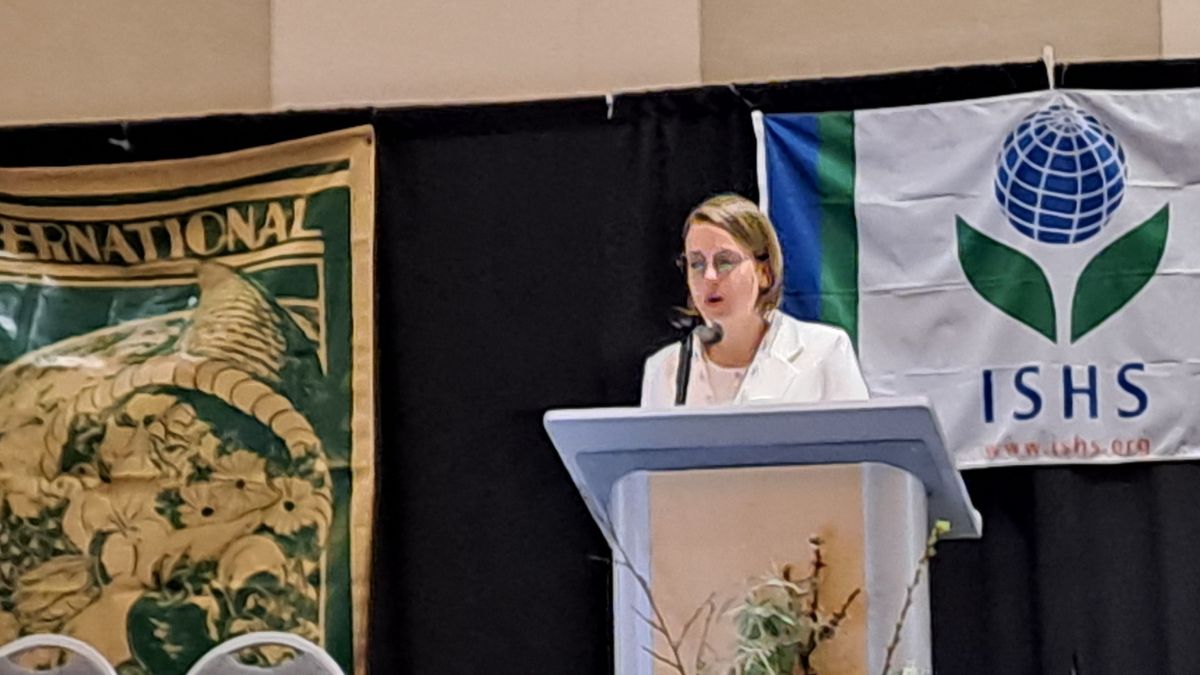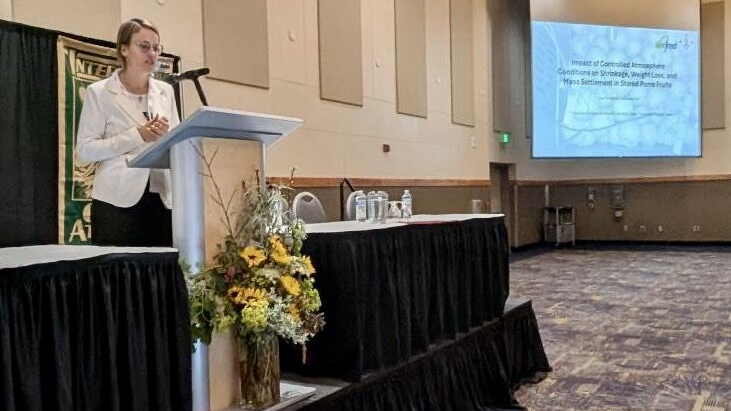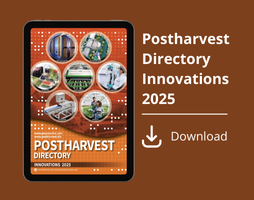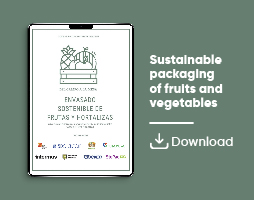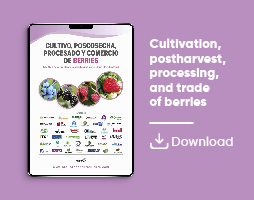

Ilerfred
Cooling and CA
Industrial refrigeration with natural refrigerants and controlled atmosphere
Industrial refrigeration with natural refrigerants and controlled atmosphere: operational efficiency and sustainability
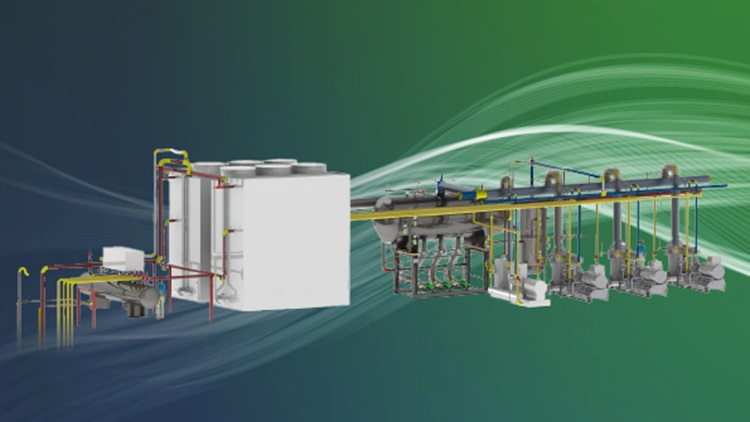
In the current context of energy transition and environmental commitment, industrial refrigeration is evolving towards more sustainable and efficient solutions.
This change is driven by regulations such as the European Union's F-Gas Regulation, which progressively limits the use of hydrofluorocarbons (HFCs). In this scenario, natural refrigerants are emerging as viable and highly functional solutions.
Read more: Innovation in Pre-cooling for Sustainable Vegetable Preservation
| Refrigerant | Formula/Name | GWP* | ODP* | Features | Applications |
| Ammonia | NH₃ – R717 | 0 | 0 | High energy efficiency, low load, toxic and flammable | Industrial plants, large-volume chambers |
| Carbon Dioxide | CO₂ – R744 | 1 | 0 | High pressure, transcritical operation, excellent performance in well-designed systems | Cascade systems, medium and low refrigeration |
| Propane | R290 | <3 | 0 | Highly efficient hydrocarbon with high flammability. | Compact equipment, small and medium-scale food industry |
* GWP: Global Warming Potential. This is an indicator that measures how much heat a greenhouse gas can trap in the atmosphere compared to carbon dioxide (CO₂), which is taken as a reference with a value of 1.
* ODP: Ozone Depletion Potential. This is an indicator that measures a substance's ability to destroy the ozone layer compared to trichlorofluoromethane (CFC-11), which is taken as a reference with a value of 1.
Controlled atmosphere integration: synergy with the cooling system
Controlled atmosphere (CA) is a technology that complements refrigeration by precisely manipulating the gas composition in storage chambers. Reducing O₂ content and increasing CO₂ inhibits cellular respiration and slows down the processes of senescence, ripening, and fungal proliferation in fruit and vegetable products.
Technical requirements:
- Completely airtight chambers.
- High-resolution gas concentration sensors.
- Regulation and control systems integrated into the management software.
When properly implemented, CA extends the commercial life of fruits such as apples, kiwis, pears, and blueberries, preserving their organoleptic qualities, which represents added value in terms of logistics and foreign trade.
Conclusion
The use of natural refrigerants in optimized industrial cooling systems not only provides superior thermal performance and a lower environmental impact, but also complies with international regulatory standards on sustainability. The incorporation of controlled atmosphere technologies reinforces this approach, providing a comprehensive solution for high-demand agri-food preservation.



